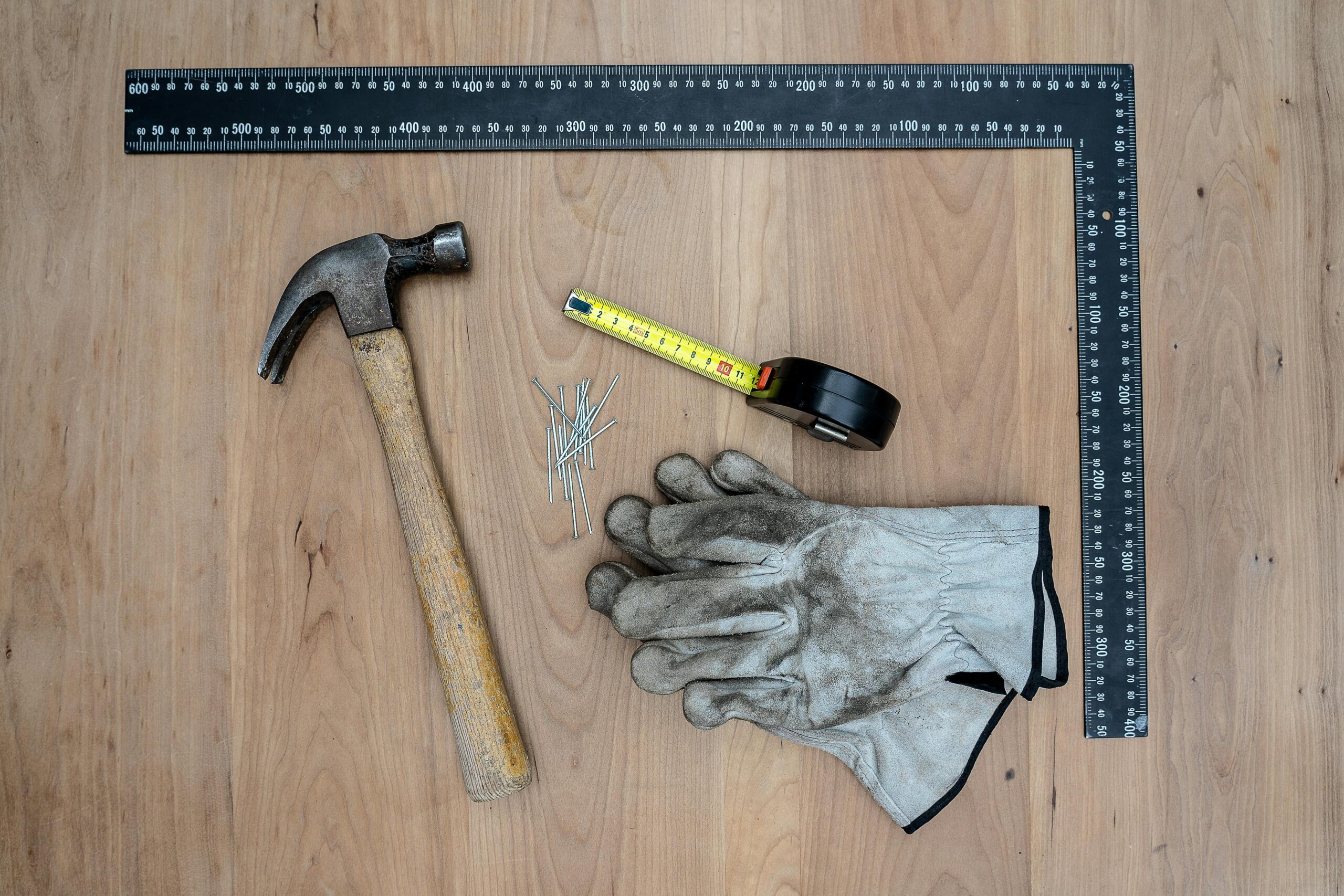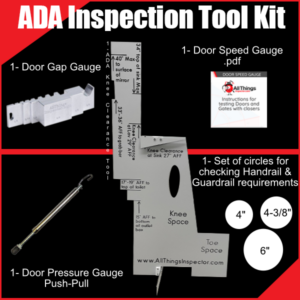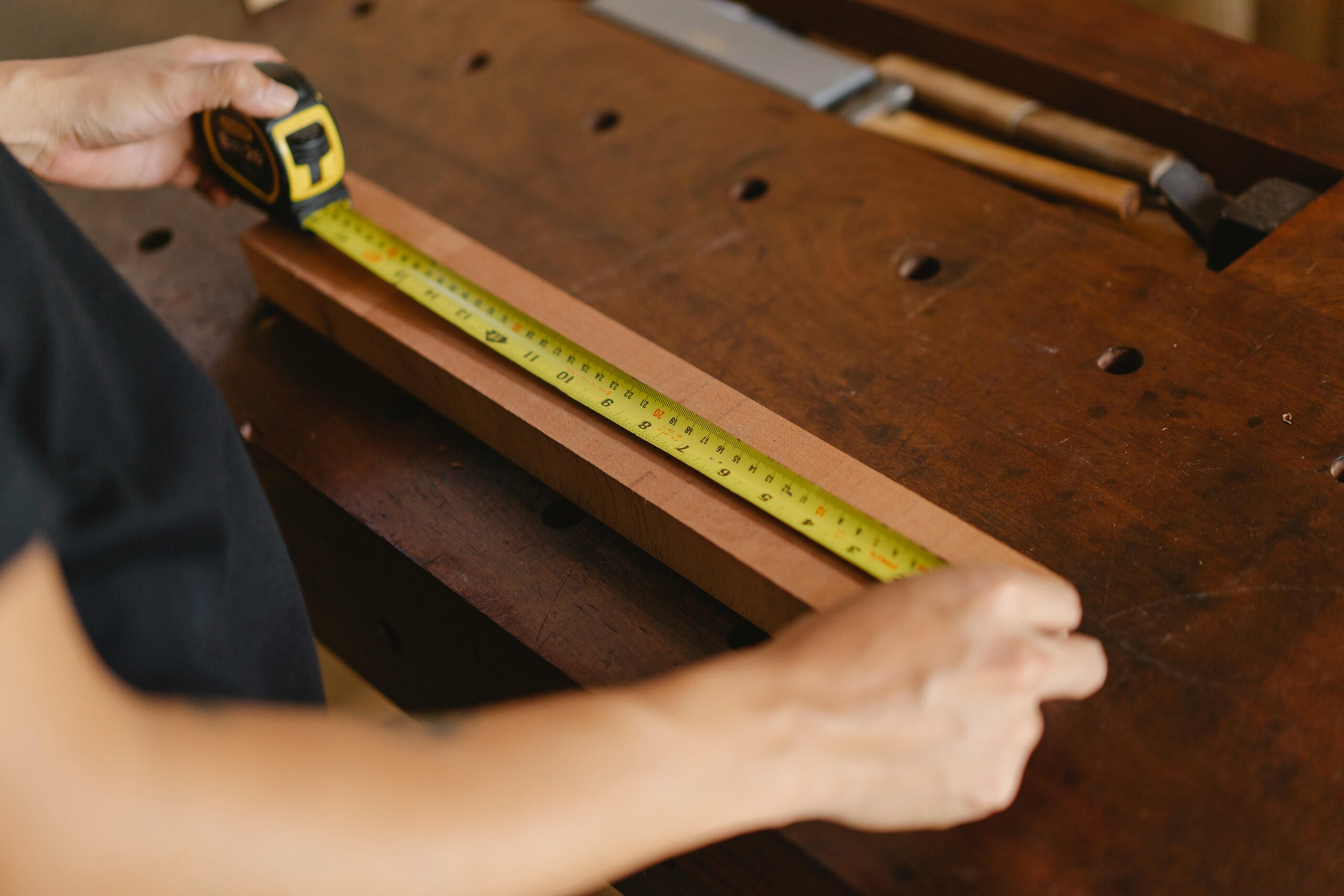
Proper knee clearance is necessary for creating an accessible environment. The role of knee clearance in any building cannot be overemphasized because it allows those with mobility problems or wheelchair users to move freely. This guideline is applicable L to both indoor and outdoor spaces, ensuring that everyone can use any facility.

ADA knee clearance is the space under a surface such as a sink, table or counter that allows people with disabilities or those in wheelchairs to pull up close without any obstacle. This clearance allows people to reach and use these surfaces comfortably.
According to the ADA, knee clearance must be at least 27 inches high from the floor, 30 inches wide and 8 inches deep for basic clearance. These measurements ensure that wheelchair users have enough space for their knees and legs when approaching a surface.
Indoors, knee clearance is important in areas like kitchens, bathrooms, and workspaces. ADA knee clearance in these spaces requires thoughtful planning and design.
Sinks in public and private bathrooms must meet ADA knee clearance requirements. The space under the sink should have no obstruction such as plumbing that could block access. Instead, these plumbing can be covered with protective coverings and can be renovated to allow enough clearance under the sink.
ADA-compliant countertops and kitchen islands should have proper knee clearance. In both private and public settings, countertops tops, and sinks ensure people with disabilities or in wheelchairs can have easy access.
Desks, counters and reception areas in the home, office or public building must be designed to have proper knee clearance to allow wheelchair users to work and move around comfortably. Choose furniture that meets ADA standards to eliminate stress.
Knee clearance is not only limited to indoor spaces, outdoor spaces also require attention to knee clearance. In outdoor spaces, areas like picnic tables, benches and recreational facilities require knee clearance.
At least one picnic table in an outdoor space must provide proper knee clearance. The table should be designed with the appropriate height, width and depth that aligns with ADA requirements to accommodate wheelchair users.
Park benches and seating areas should be designed so that wheelchair users can easily pull. If tables are part of the setup, they must also meet all ADA knee clearance requirements to allow free and easy movement in the park.
When sink clearance is limited, it creates chances for accidents, especially for people who rely on mobility aids. Without enough space beneath the sink, wheelchair users may struggle to position themselves properly, causing them to twist or lean awkwardly. This could lead to falls or strained muscles, posing safety risks in an area that’s already prone to accidents.
Also, sink clearance affects those who may not use a wheelchair but still need extra space for proper balance such as elderly people. Inadequate clearance can force these people to reach or bend over at uncomfortable angles, increasing the chances of slips or falls.
Safety isn’t only about physical movement; it’s also about promoting an environment where people feel safe and comfortable. Restrooms without clearance can become crowded around the sink area, especially during busy times. This congestion can cause people to wash their hands in a hurry, leading to decreased hygiene and even tension in the restroom. Proper clearance around the sink helps to maintain a smooth flow of traffic, allowing people to wash their hands without feeling rushed or overwhelmed. This improves overall hygiene and provides a safer environment for everyone using the restroom.

ADA knee clearance is necessary both indoors and outdoors to create an accessible and safe environment. It’ll be unfair to those in wheelchairs or with mobility issues if they cannot enjoy the same benefits as others both indoors and outdoors. By building a space that meets ADA knee clearance requirements, you’re ensuring that everyone can participate in both indoor and outdoor activities without limitations.



When it comes to ADA (Americans with Disabilities Act) compliance, you have two options as a business owner: either hire a certified ADA inspector or

It’s possible to mistake a standard tape measure for an ADA tape measure because they look almost identical. After all, both are used for measuring